16 Vegetable Pairings That Can Ruin Your Garden
When planning your garden, it is important to consider which vegetables grow well together. Some plants simply do not mix and can hinder each other’s growth. If you are new to gardening, understanding which vegetables should be kept apart can save you time and frustration. Certain combinations may attract pests or compete for nutrients in the soil. By knowing which vegetables to avoid planting near each other, you can create a more productive garden.
This post may contain affiliate links, which helps keep this content free. Please read our disclosure for more info.
Tomatoes and Potatoes
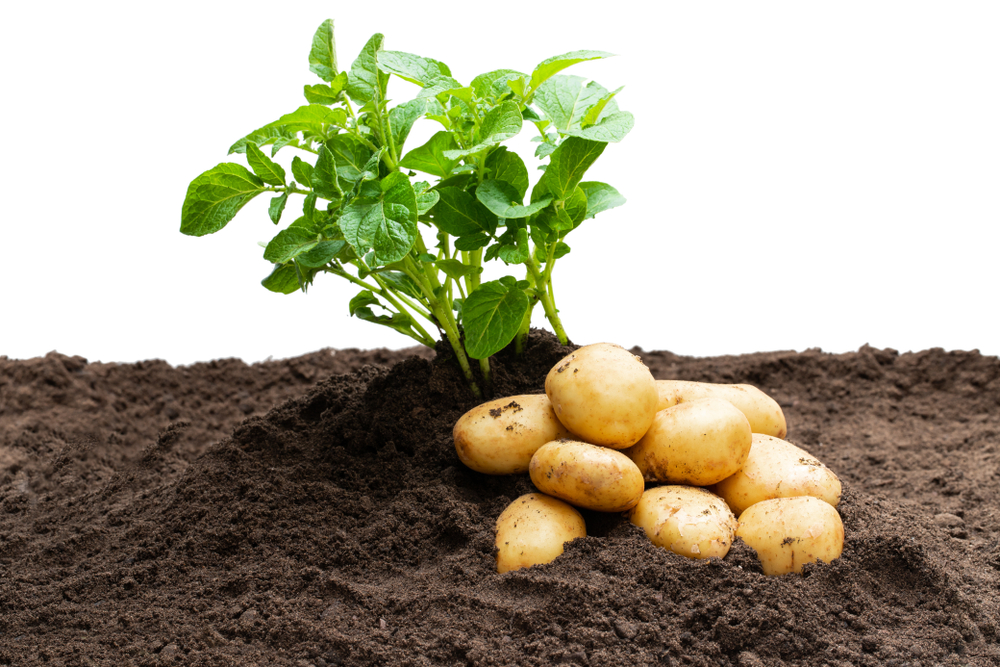
Tomatoes and potatoes should not be planted together as they are both susceptible to similar diseases, like blight. Planting them next to each other can increase the risk of both plants becoming infected, ultimately harming your crop. These two plants are also heavy feeders, meaning they take a lot of nutrients from the soil. To prevent nutrient depletion and disease spread, it is best to keep them apart in your garden.
Additionally, tomatoes and potatoes compete for the same resources like light and space. Their roots may also tangle, limiting their ability to grow properly. When planting, it is important to give each crop enough room to thrive. By separating them, you help reduce the likelihood of both plants struggling.
Carrots and Dill
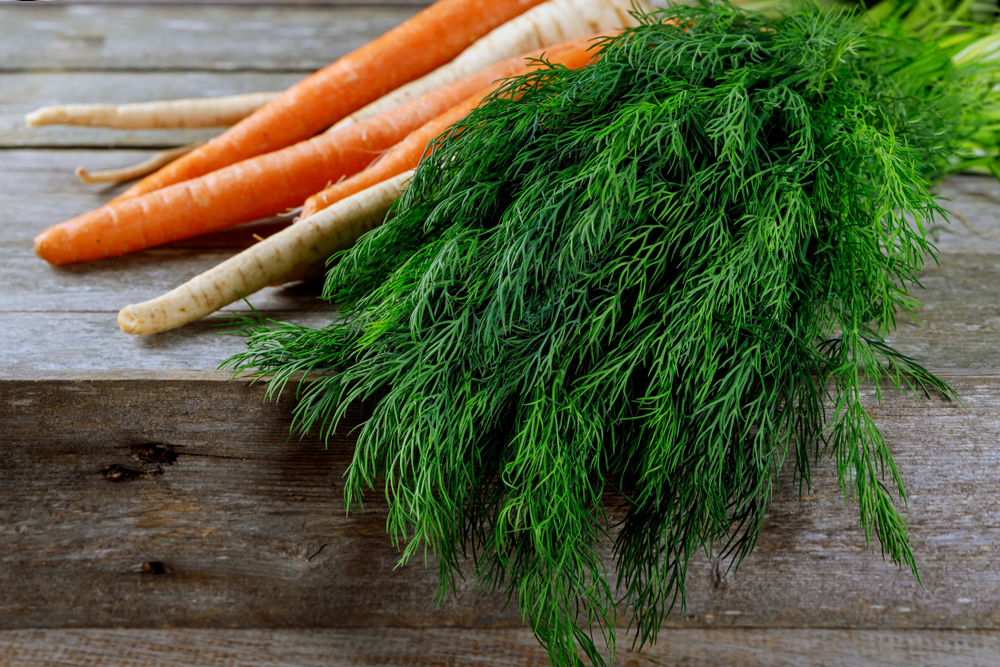
Carrots and dill may seem like a good pairing, but they do not grow well together. Dill can stunt the growth of carrots, as it releases chemicals into the soil that affect carrot root development. Carrots also do not like the shade dill can cast as it grows tall. To allow both vegetables to flourish, it is better to plant them in separate areas of the garden.
Dill’s strong scent can also attract pests, like aphids, which can harm carrots. When planting, it is important to consider how different plants interact with each other in terms of space and growth habits. By keeping carrots and dill apart, you can avoid these issues. This allows both plants to grow stronger and healthier.
Beans and Onions
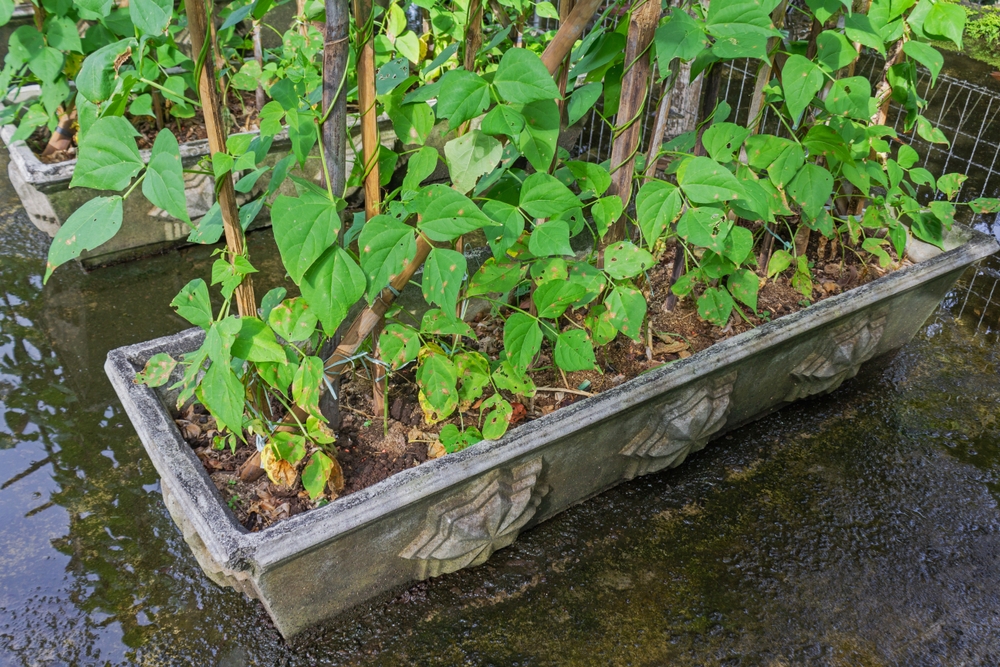
Beans and onions should not be planted together due to the negative effects onions can have on beans. Onions contain compounds that can inhibit the growth of beans, making them weaker and more susceptible to diseases. The strong smell of onions can also confuse beneficial insects that would normally help beans thrive. By separating beans and onions, you can encourage a healthier garden environment for both.
Beans, on the other hand, fix nitrogen in the soil, which could be beneficial for some plants but not for onions. Onions prefer well-drained, low-nitrogen soil, which can cause issues if planted near nitrogen-fixing beans. To ensure both plants have the right growing conditions, it is better to plant them in different parts of the garden.
Lettuce and Cabbage
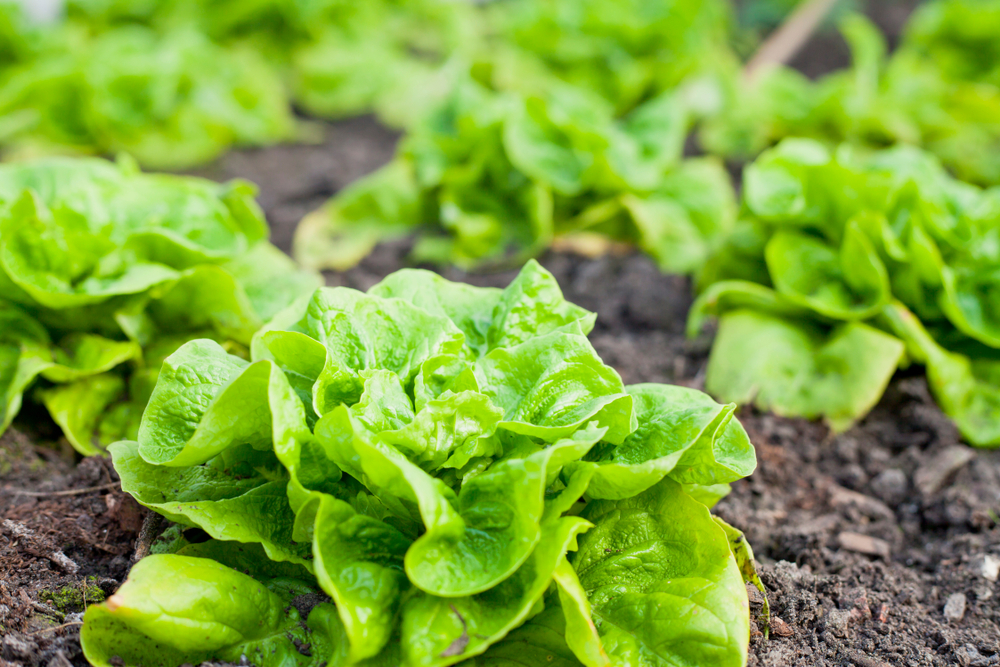
Lettuce and cabbage should not be planted together, as they both require similar nutrients, which can lead to soil depletion if grown side by side. The dense leaf growth of cabbage can also shade lettuce, preventing it from receiving enough sunlight. When lettuce is deprived of sunlight, it can become leggy and weak. To give both crops a better chance, plant them in separate areas of your garden.
Additionally, cabbage and lettuce are both prone to similar pests, like aphids and cabbage worms. If planted together, these pests can quickly spread between the two plants, damaging both. Planting them apart can help reduce pest pressure and improve growth. This allows you to keep your crops healthy and pest-free.
Cucumbers and Aromatic Herbs
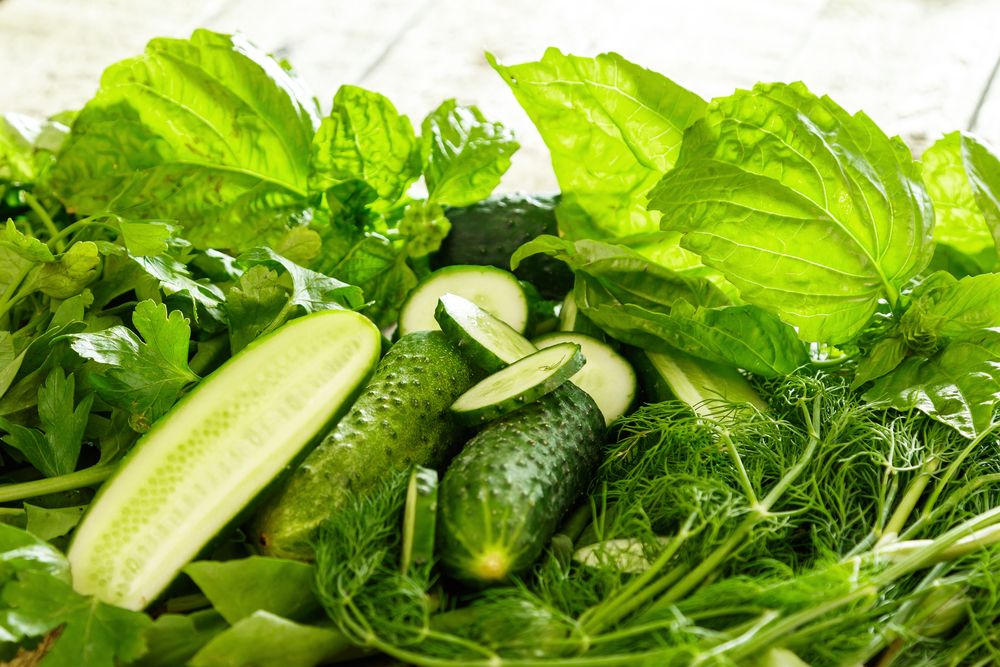
Cucumbers do not grow well when planted near aromatic herbs like basil, sage, or oregano. These herbs release strong scents that can inhibit cucumber growth and make them more susceptible to pests. Cucumbers thrive in environments where they are not competing with other strong-smelling plants. For the best results, it is recommended to plant cucumbers away from these herbs to ensure they have enough space and nutrients.
Aromatic herbs can also attract pests that might harm cucumbers. For example, basil can attract aphids, which can also damage cucumber plants. By keeping cucumbers and aromatic herbs apart, you reduce the likelihood of pest infestations and create a better growing environment for your vegetables.
Peas and Onions
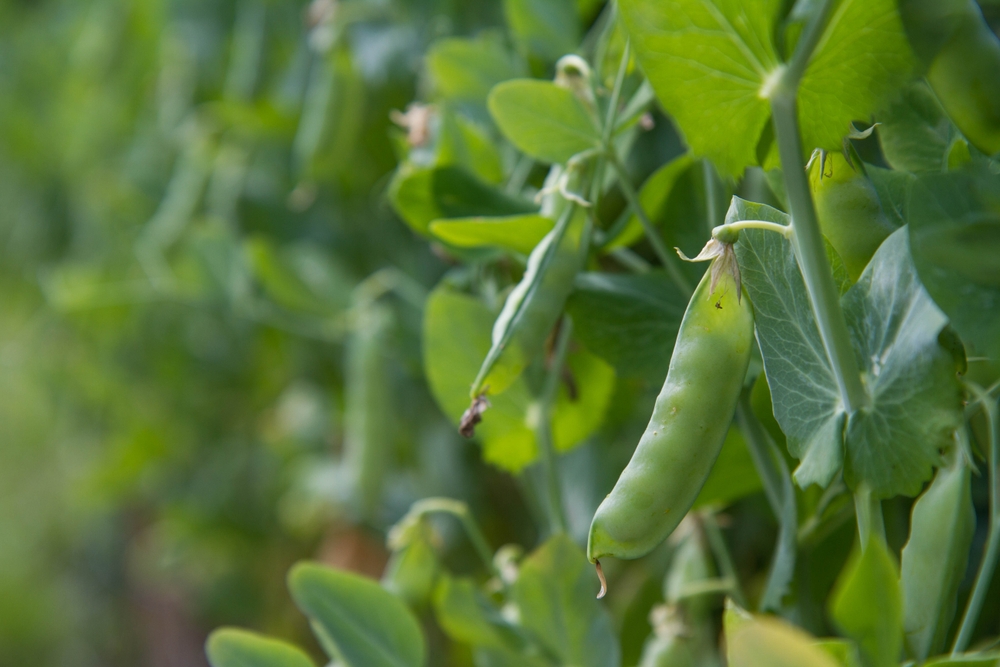
Peas and onions do not get along in the garden because onions release substances that hinder pea growth. These substances can damage the roots of peas and stunt their overall development. Peas, being nitrogen-fixing plants, require fertile soil, but onions compete for these same resources. To avoid any growth issues, it is best to plant peas and onions in separate areas of your garden.
Peas also need plenty of space and sunlight to grow properly. Planting them near onions can cause shading, which reduces their access to essential light. By separating these two plants, you can give each one the space and nutrients they need to thrive. This helps both plants grow strong and healthy.
Garlic and Beans
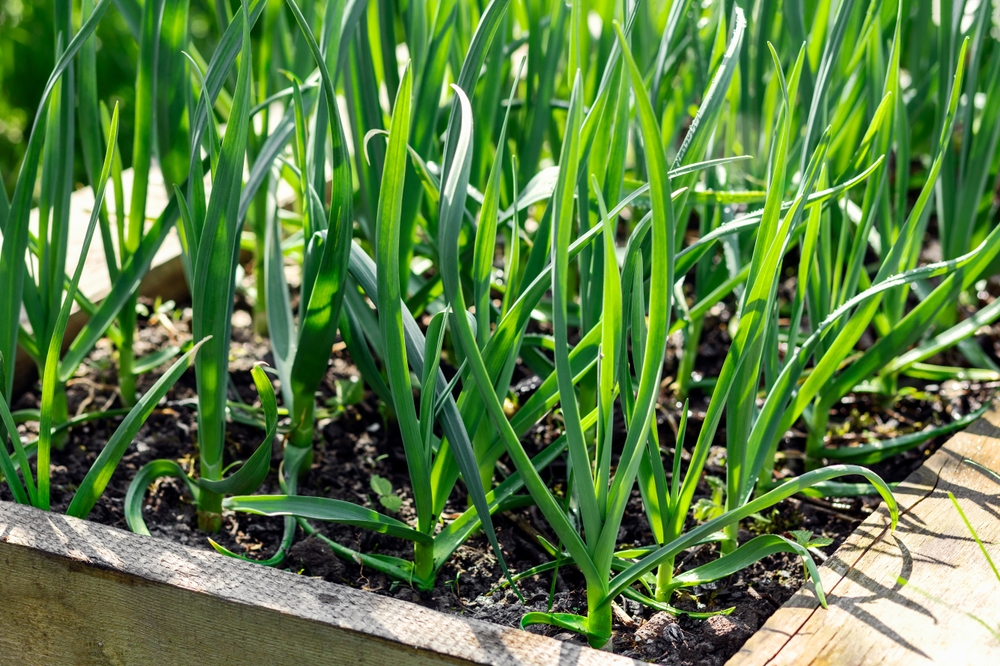
Garlic and beans should not be planted together because garlic can inhibit the growth of beans. Garlic releases sulfur compounds that can negatively affect the root system of beans, making it difficult for them to grow. Beans, which are nitrogen-fixing plants, require rich soil, but garlic competes for these same nutrients. To avoid hindering both plants’ growth, it is best to plant them separately.
Garlic also grows quickly, and its leaves may shade beans, depriving them of sunlight. When planted together, beans may not develop as they should. By giving each plant its own space, you will help both crops flourish. It is important to consider how the growth patterns of different plants affect each other.
Carrots and Celery
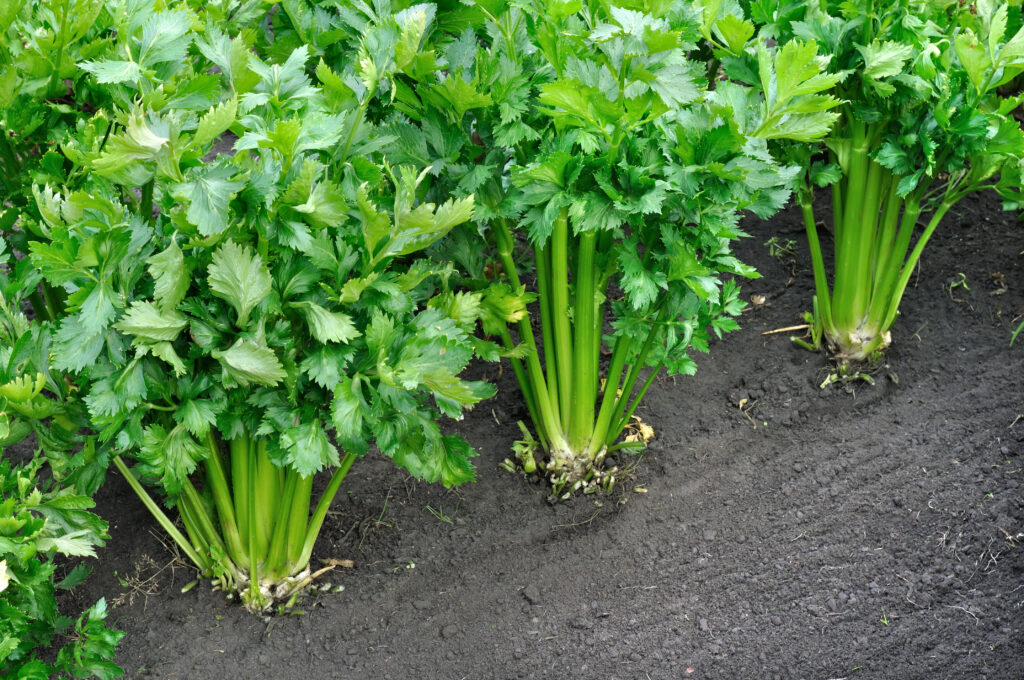
Carrots and celery do not grow well together because celery can shade carrots, which need plenty of sunlight to develop strong roots. Carrots also prefer loose, well-drained soil, while celery requires richer, more moisture-retentive soil. These different soil preferences can lead to growth issues for both crops if planted in the same area. It is better to give each plant the specific growing conditions it needs for the best results.
Additionally, celery can attract pests like aphids, which may spread to carrots. Carrots, being root vegetables, are especially vulnerable to pests that feed on their roots. By keeping carrots and celery apart, you can reduce the chances of pest infestations and allow each plant to thrive. Proper spacing is key for healthy crops.
Beets and Swiss Chard
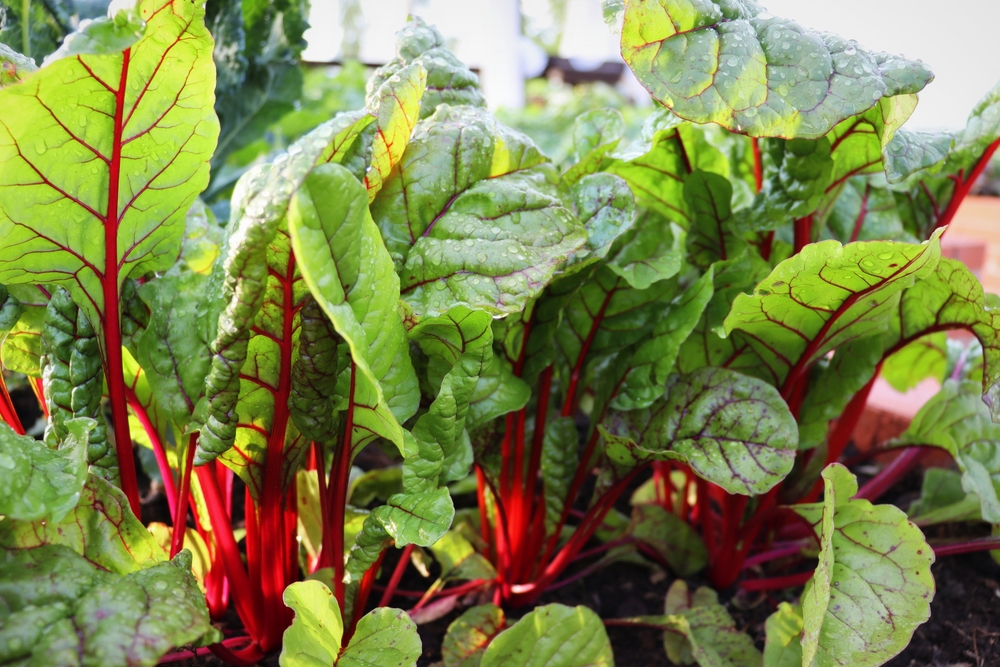
Beets and Swiss chard should not be planted together due to their similar nutrient needs. Both plants require a lot of nutrients from the soil, which can result in competition and poor growth if they are too close. Swiss chard also tends to grow larger, potentially shading the beets and limiting their access to sunlight. To avoid stunted growth, it is best to plant beets and Swiss chard in separate sections of the garden.
Another issue with planting these two together is that they share similar pest problems. Aphids and other insects that affect Swiss chard may also target beets. By planting them apart, you can reduce the risk of pest infestations. This allows each plant to get the proper care and attention it needs to thrive.
Spinach and Strawberries
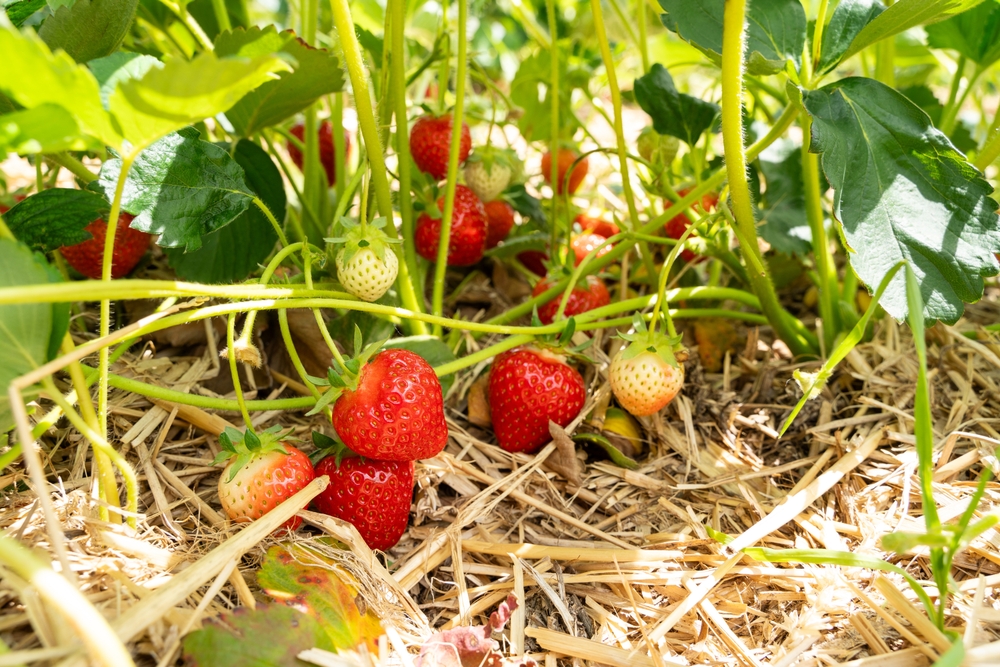
Spinach and strawberries should not be planted together because spinach can stunt the growth of strawberry plants. Spinach requires cool, moist conditions, while strawberries prefer slightly warmer soil with good drainage. These differing environmental needs can hinder the growth of both plants if grown together. To keep both crops healthy, plant spinach and strawberries in separate areas.
Additionally, spinach can compete with strawberries for nutrients, which can weaken both plants. If spinach is planted near strawberries, it may shade them, reducing the amount of sunlight strawberries receive. Planting these two crops apart helps them receive the right amount of light, water, and nutrients. This allows both spinach and strawberries to grow stronger and healthier.
Lettuce and Cucumbers
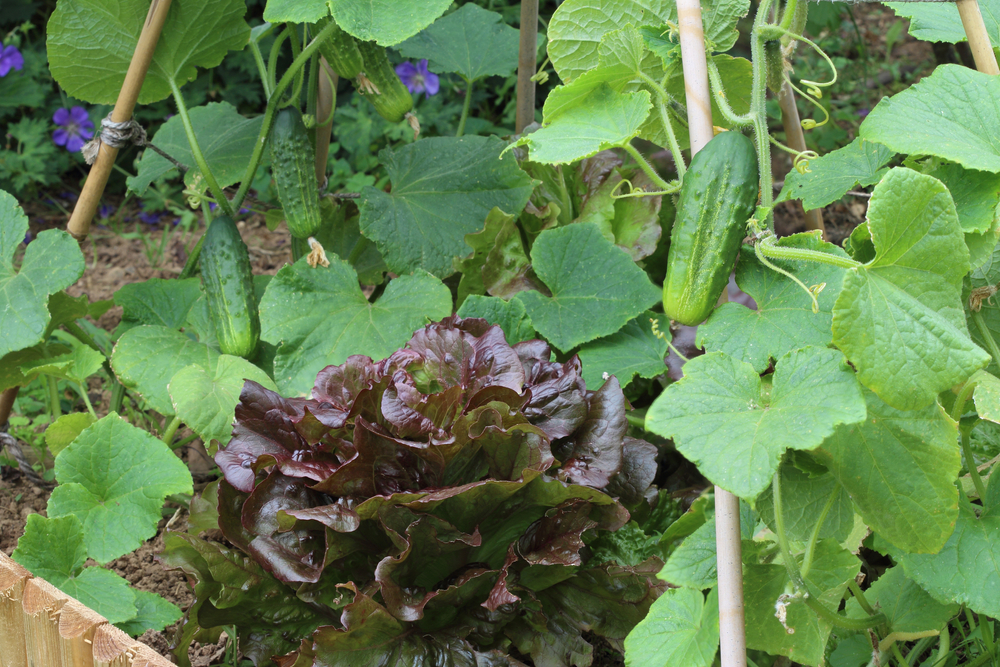
Lettuce and cucumbers should not be planted together as cucumbers can easily overshadow lettuce, blocking the sun. Lettuce thrives in cooler conditions, while cucumbers grow best in warmer soil, leading to potential growth conflicts. If cucumbers grow too large, they can also crowd lettuce, depriving it of space and nutrients. To prevent these issues, it is best to plant lettuce and cucumbers in different parts of the garden.
Cucumbers also require a lot of water, which can lead to waterlogged soil that is not ideal for lettuce. The differences in water and temperature preferences can negatively affect the health of both plants. By keeping lettuce and cucumbers apart, you can make sure each plant has the ideal conditions to thrive. Proper planning and spacing are key for successful gardening.
Kale and Beans
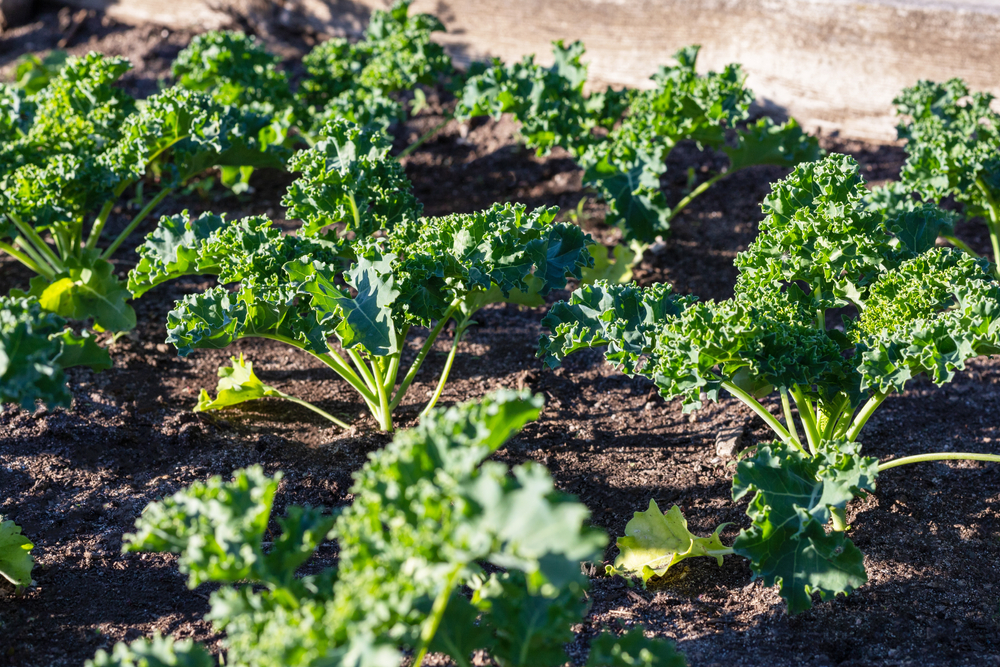
Kale and beans should not be planted together because they both require significant amounts of space and nutrients. Kale grows large and can overshadow beans, depriving them of sunlight. Beans also require fertile, nitrogen-rich soil, while kale can compete for these same nutrients. To maximize both crops’ potential, plant kale and beans separately.
Additionally, kale attracts pests like aphids, which can spread to beans and affect their growth. The close proximity of these plants can increase the likelihood of pest problems, leading to unhealthy plants. Giving kale and beans enough space to grow individually helps reduce pest risk. This ensures both plants have the proper resources and conditions for healthy development.
Broccoli and Tomatoes
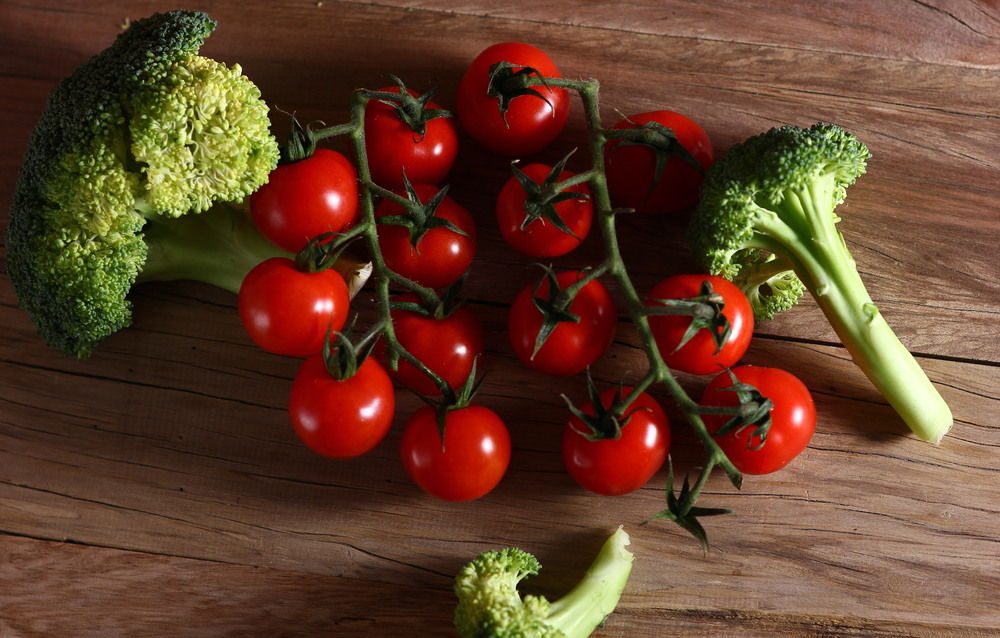
Broccoli and tomatoes should not be planted together because both plants have different soil and space requirements. Tomatoes are deep-rooted, while broccoli has shallow roots, which means they will compete for space in the soil. Broccoli also prefers cooler weather, while tomatoes thrive in warm temperatures, leading to poor growth if planted too close. For the best results, it is important to keep these two crops separate.
Tomatoes and broccoli are also vulnerable to similar pests, such as aphids and caterpillars, which can spread between the two plants. If planted together, pests can quickly damage both crops, reducing your harvest. Planting them apart allows each crop to grow in optimal conditions, leading to a better yield. This helps both broccoli and tomatoes thrive without competition.
Peppers and Eggplants
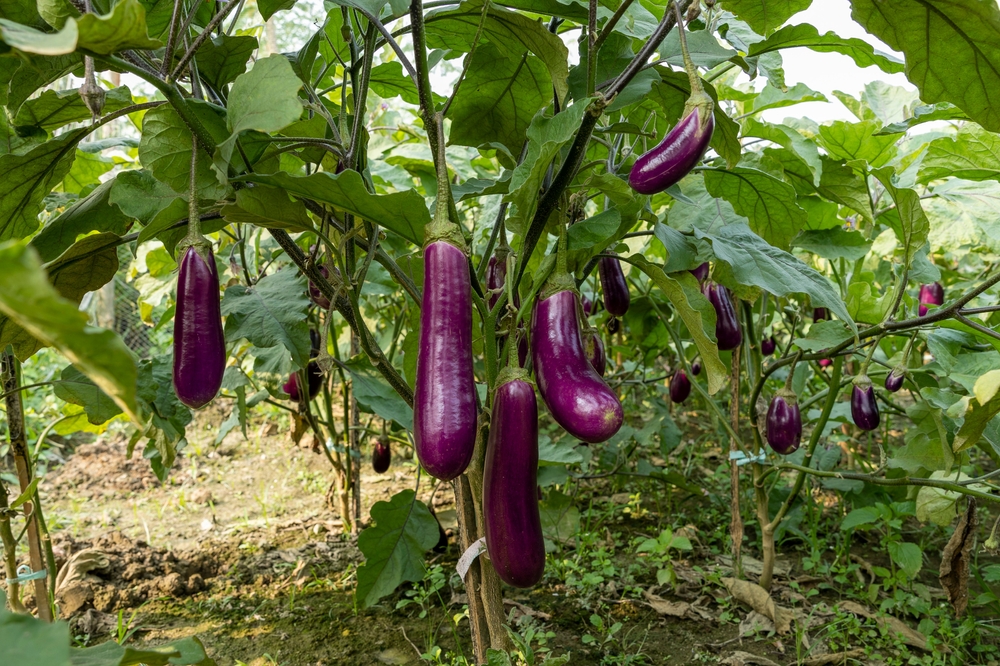
Peppers and eggplants should not be planted together because they are both sensitive to soil-borne diseases, which can spread more easily when planted too close. These two plants are also heavy feeders, meaning they require a lot of nutrients, which can lead to competition for resources. Eggplants tend to be larger and can shade peppers, limiting their access to sunlight. To prevent these issues, it is better to plant peppers and eggplants in separate areas of your garden.
Both peppers and eggplants need warm conditions to grow well, but their differing water and nutrient needs can cause problems when grown together. If planted too close, these plants may struggle to thrive and produce poor yields. Giving each crop its own space helps ensure both can grow to their full potential. Proper planning and spacing are key for healthy, productive crops.
Gardening is all about balance, and choosing the right vegetable pairings plays a big part in that. By keeping certain plants apart, you can reduce the risk of disease, pest infestations, and poor growth. Thoughtful planning leads to a more successful garden and healthier crops. With these simple guidelines, you can grow a garden that thrives and yields abundant produce.
This article originally appeared on Avocadu.
